The first heavy fighter jet of the Chinese Air Force, with 12 types of J-8, should you completely retire?
Author:Military and military talk Time:2022.09.12
When it comes to the heavy fighter of the Chinese Air Force, the first reaction of many people is the F-11 series fighter, J-16 fighter, or J-20 heavy stealth fighter of the Chinese Air Force. But in fact, in the long history of the Chinese Air Force, the F-8 series fighter as the first heavy fighter aircraft of the Chinese Air Force occupies a very important position in the development history of the Chinese Air Force. Even after the introduction of the Soviet-27 fighter from Russia in my country, many important air force equipment and technologies, such as air refueling technology, were first tested on the J-8 series fighters, and achieved practicality.
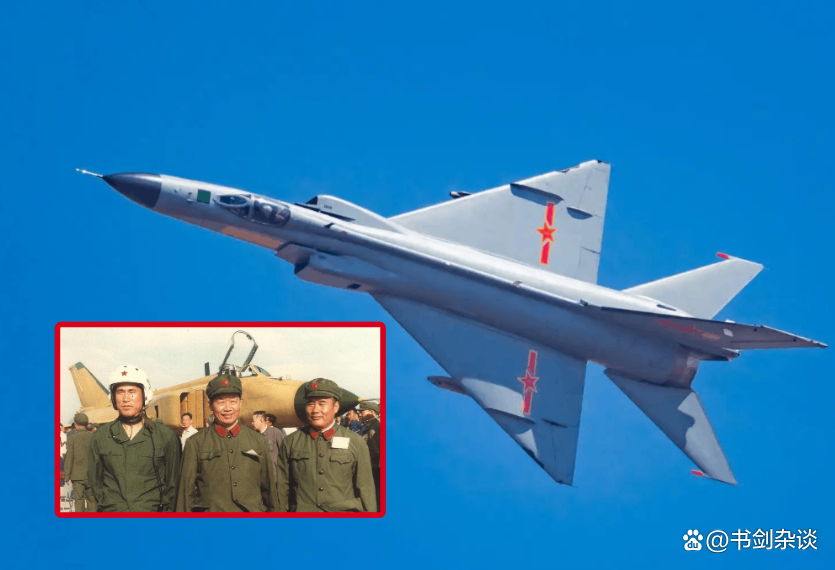
With the rapid development of the Chinese Air Force equipment, the position of the J-8 series fighters in the Chinese Air Force has gradually decreased. As the Western theater Air Force began to replace the F-8 fighter aircraft that was originally equipped with the F-11B fighter jet this year, the retention of fighter jets in the J-8 series also triggered many people's discussions. So, we will explore the future development of the J-8 series fighters in China by re-dating of 12 different types of J-8 fighters today.
Heavy fighters from "gaining fat"-the early 4 aircraft intake-8 fighters
Although the Chinese Air Force's performance of the MiG-21 fighters and the J-7 fighter jets based on MiG-21 were more satisfactory, in the context of high-altitude and high-speed operations at that time, the original J-7 fighter aircraft could not meet China. The need for land and air defense operations. Therefore, the relevant unit carried out "weight" treatment on the basis of the MiG-21F fighter, equipped with two domestic WP-7A turboskins engines, and developed the earliest basic J-8, which is a lot of information The day-type J-8 is claimed. The identification feature is the cabin cover where the head is air intake and the backward opening.
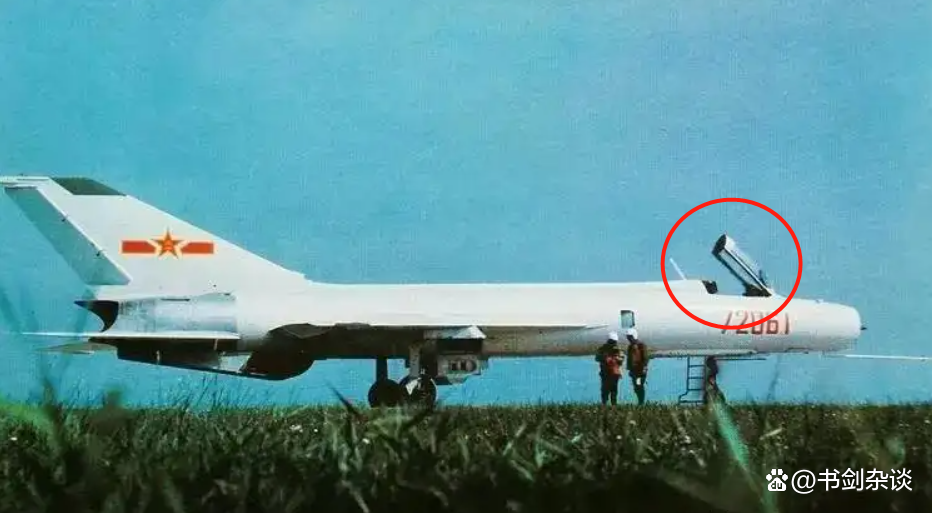
The maximum flight speed of the day-day J-8 fighter aircraft reached 2.2 Mach, the maximum combat height reached 18,700 meters, the maximum range was 1984 kilometers, and the weight ratio was 0.89. Limited to the radar technology at that time, only one rangefinder was installed in the intake cone of the day-type J-8. The weapons and equipment were mainly two 30 mm aircraft cannons and 4 "Perak-2" air-type airmarks.
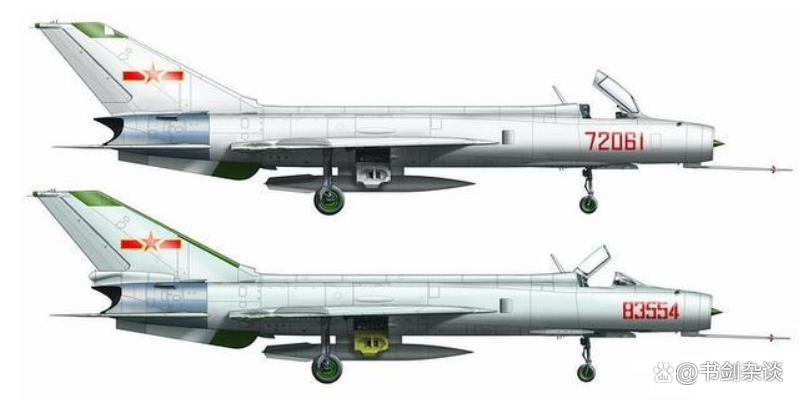
Day-day J-8 (top), J-8A (below)
Soon, the relevant departments launched the J-8A fighter on the basis of the day-type F-8. From the appearance point of view, although the cockpit cover of the J-8A fighter is still flipped, it has been changed forward. At the same time, the front edge of its vertical tail uses green composite materials.
In terms of martial arts, the two-tube 23mm aircraft cannon replaced the original 30mm guns, and the rangefinder in the nasal air intake cone was also changed to JL-7 radar. This is a J-band single pulse fire control radar. With a maximum detection distance of 30 kilometers and a maximum tracking distance of 15 kilometers. Although the performance is average from the current perspective, the F-8A fighter has all-weather combat capabilities for the first time.
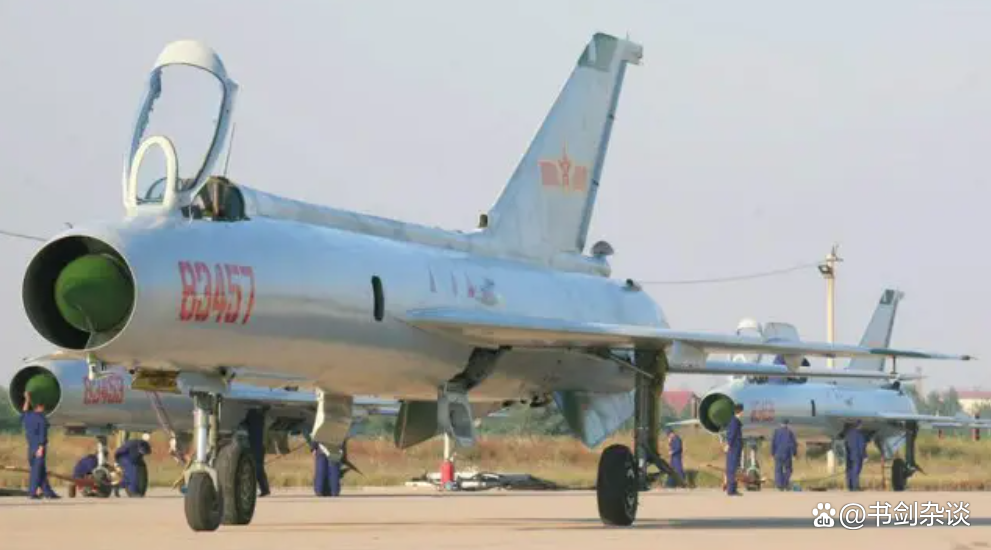
However, the actual combat capability of the J-8A fighter is also quite limited. Therefore, the J-8E fighter was launched on the basis of the J-8E. Compared with the original J-8A fighter, the J-8E fighter was equipped with a better performance of the JL-7 A fire control radar, and the missile was also replaced by the "Perak-5" empty missile. At the same time, according to the relevant technologies introduced at the time, the 941 foil/infrared interference bombs were installed with comprehensive distributor and omnidirectional radar alarm, which enhanced the overall survivability of the J-8E. It should be noted that most of the J-8E fighters are directly upgraded by the F-8A fighter, and the identification feature is the radar alarm at the top of the vertical tail.
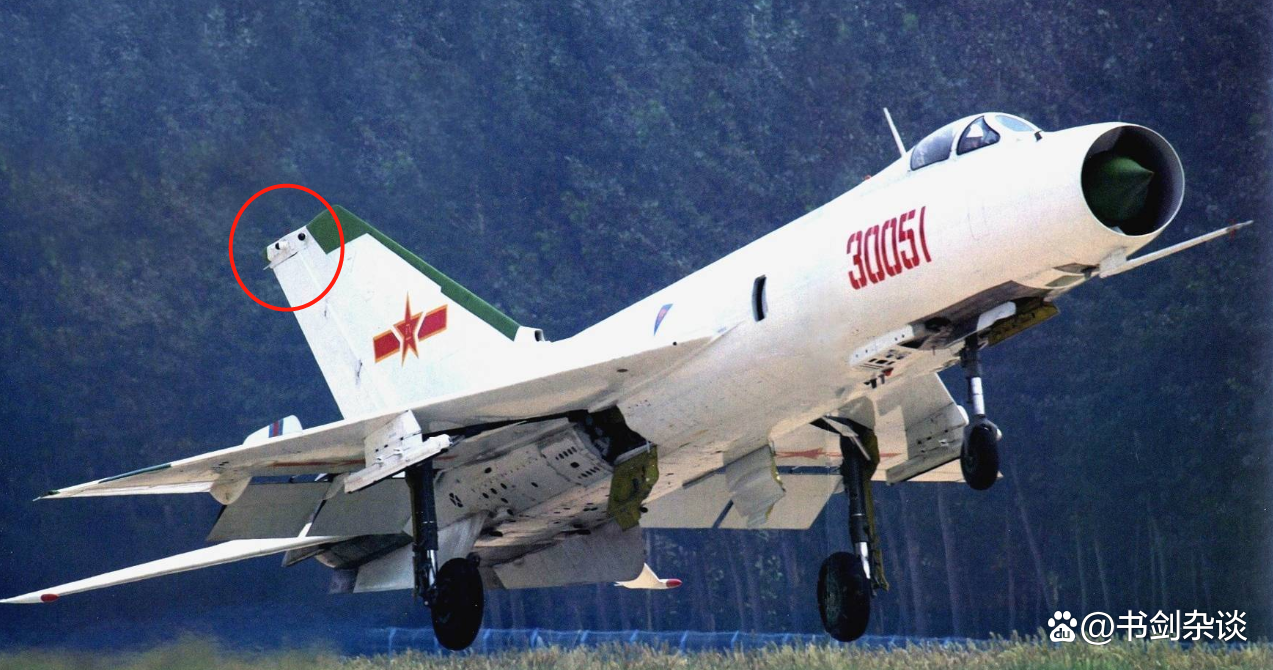
The fourth aircraft intake-8 fighter is the J-8R fighter. The aircraft is directly improved based on the original day-type F-8 fighter. Implement tactical reconnaissance tasks. In the absence of a reconnaissance pod, it can only be identified through the four -digit number number on the fuselage.

The performance of the entire air-to-8 fighter is actually not mature, although it has indeed achieved high-altitude and high-speed flight performance although a certain perspective. However, its smaller air intake cone seriously limits the use of a larger-size fire control radar with larger sizes, which ultimately affects its high-end combat capabilities. With the continuous improvement of over-the-purpose combat capabilities in modern air battles, the air-to-8 fighter aircraft with infrared fighting missiles can only continue to improve.
The advent of the "Republic Gome" -The J-8 fighter jets on both sides of the eight sides
The earliest J-8 fighter was designed on both sides of the airway. The main combat target was the MiG-23 fighter and the Soviet-15 interceptor of the Soviet Union at that time. Refer to the design of the MiG-23 fighter provided by Egypt and the Wreckage of the F-4 fighter in the Vietnam War. The airway design on both sides is used. The use of the power control system has greatly improved the manipulation performance. The SL-5 fire control radar is installed inside the machine, which can be paired with the "Thunderbolt-4" medium-range air-to-air missile.
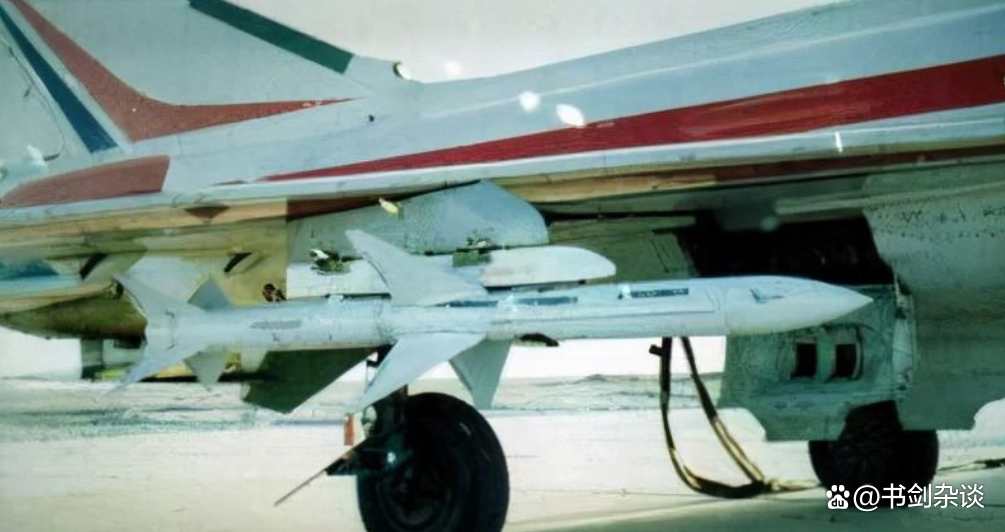
Earlier batch of J-8B fighters
But unfortunately, the performance of the early SL-5 fire control radar and the "Perak-4" medium-range air-to-air missile performance was not mature. Therefore, the second batch of J-8B fighters was replaced with a 208 radar of vertical polarized antennas, and compatible with the imported "Aspade" semi-active air-to-air missiles and "Perak-8" fighting air missiles. The compatibility of the former and the J-8B fighter has successfully solved the over-the-sight problem of the J-8 series fighter jets. Especially during the Taiwan Strait crisis in 1996, the F-8B fighter that carried a small amount of "Aspade" semi-active mid-to-air missile in the early period of the Su-27SK fighter that was introduced in the early period did not have the ability to over-range air combat capabilities. Chinese Air Force's rare over -the -purpose distance of air combat power. The J-8B fighter carried "Aspade" air-to-air missile

After the J-8B fighter, the J-8C fighter that installed the 1471 pulse Doppler fire control radar, but eventually endlessly. Therefore, after the J-8B fighter aircraft, the J-8D fighter was developed as a supporting sub-project of the oil-6 empty tanker. The J-8D fighter added a detachable fixed oil probe on the right side of the machine, and the photoelectric detection system was installed under the nose of the machine, and the radar alarm was installed at the top of the vertical tail.
Although the J-8C fighter was not successful, the idea of using the domestic Doppler pulse fire control radar on the J-8 fighter was not abandoned. The final result was the J-8H fighter. The J-8H fighter is not a newly manufactured fighter, but a model that was upgraded based on the original J-8B fighter and the J-8D fighter. In the end, the J-8H fighter was equipped with the 1491 Doppler pulse fire control radar and was compatible with the use of "Perak-11" (that is, the domestic "Aspade") air-to-air missile. Related modification work was completed in early 2004, and the relevant modification models were J-8BH fighters and J-8DH fighters.
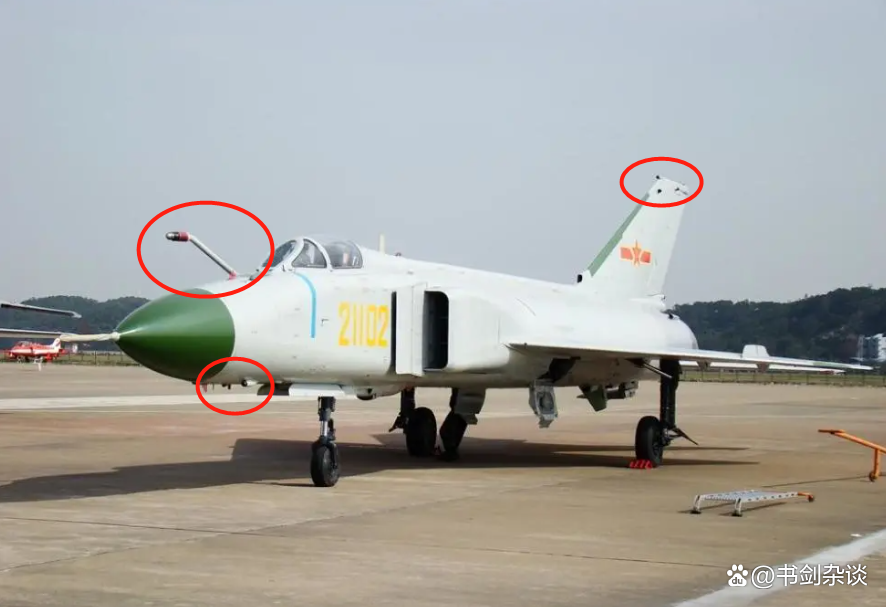
J-8H
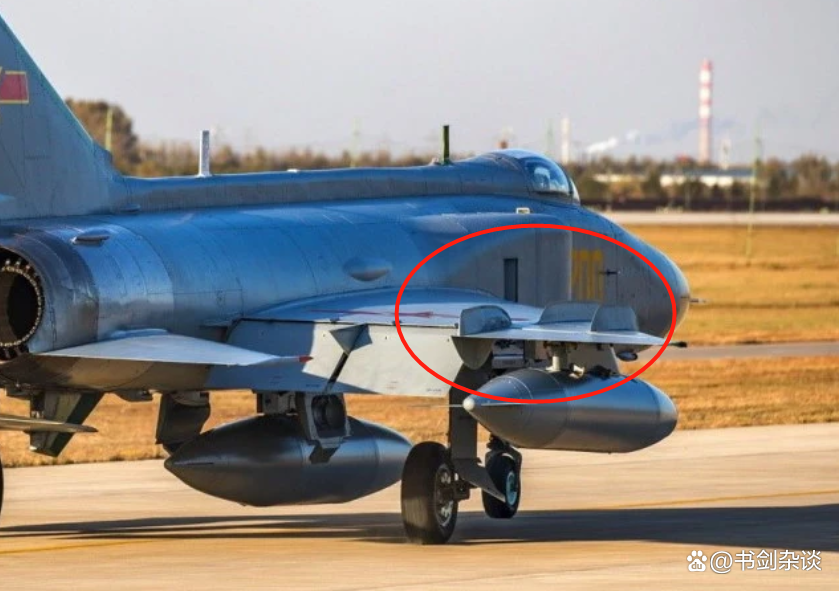
These two fighters are closer in appearance. The radar hoods of the J-8H, J-8BH, and J-8DH are changed to black. Among them, the J-8H fighter has a special three-wing knife design, which is very easy to identify. Among them, the J-8BH fighter is mainly naval aviation equipment, and there is no photoelectric detector below the nose. The J-8DH is the equipment of the Chinese Air Force, with only a single-wing knife on the main wing. These two fighters have fully realized the dependence of the F-8 series on the air-to-air missiles of imported mid-range, but the problem also exists, that is, the "Perak-11" belongs to the semi-active mid-range air-to-air missile. It is relatively high, so its overall combat capabilities are not as good as the later "Perak-12" mid-range air-to-air missile.
J-8BH fighter
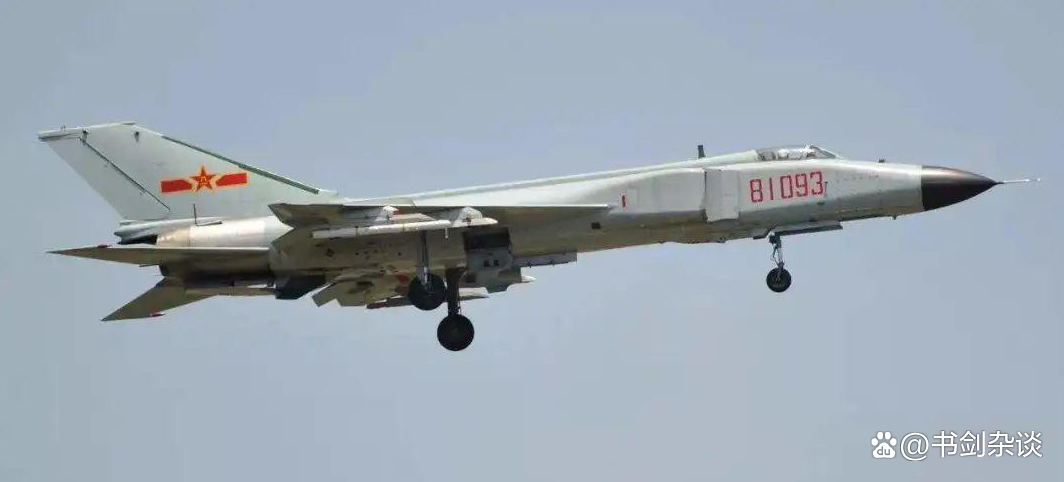
The J-8F fighter is known as the "strongest J-8". The overall appearance is very similar to the J-8H fighter, and it is often recognized by many people. The most reliable recognition method is that there is a gap on the right side of the black radar cover of the J-8F fighter, while the J-8H fighter is not. If these two fighters are mounted with missiles, they can also be distinguished by observing whether it is "Perak-11" or "Perak-12" air-to-air missiles.
J-8F fighter jet
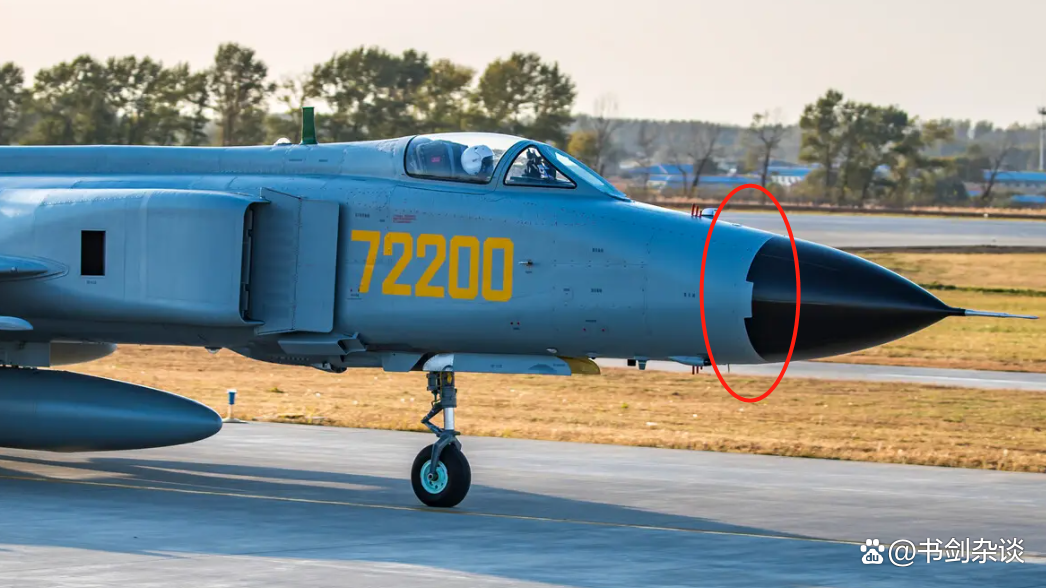
The configuration of the J-8F fighter "1492 radar+'Perak-12' mid-range bomb" has actually been on the same level as the J-10A fighter jet. Let the J-8F fighter be more handy in the over-the-dimensional air combat. The Air Force also has some J-8D fighters upgraded to the level of the J-8DF. The identification feature is that the main wing still uses a single-wing knife. The black radar cover has no gap and can mount the "Perak-12" medium-range air-to-air missile.
J-8DF

The J-8FR is a high-altitude and high-speed tactical reconnaissance aircraft developed on the basis of the J-8F fighter. The type of reconnaissance pods often perform high -altitude and high -speed reconnaissance missions in the Taiwan Strait area. Of course, the J-8FR also has the combat capability of the J-8F fighter.
Although in the development of the J-8 series fighters, there have also been models such as J-8G that have not been equipped with troops, but it has played a huge role in the development history of the J-8 series. Model F-8 series fighter. So, how long can the J-8 series fighter be in China?
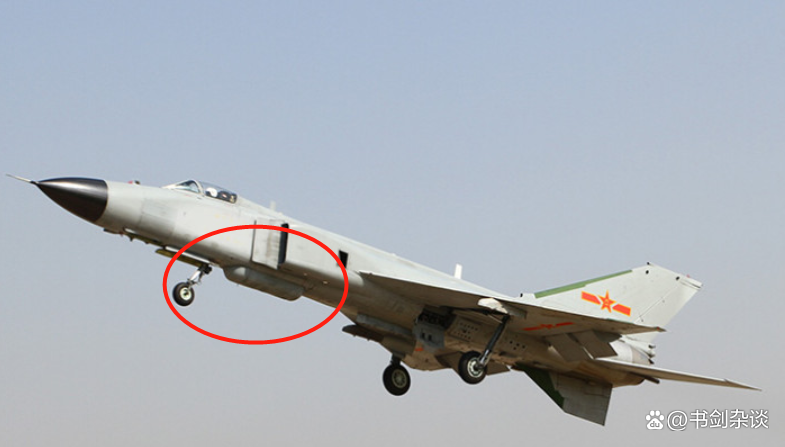
In fact, the J-8 fighter aircraft such as F-8F is only produced in the beginning of this century. From the perspective of usage, it can be used around the 1930s, that is, at least it can be served for about seven or eight years. This time is more embarrassing. If a major reform and upgrade, there is no advantage in terms of cost performance. If it is not upgraded at all, it will be a bit backward.
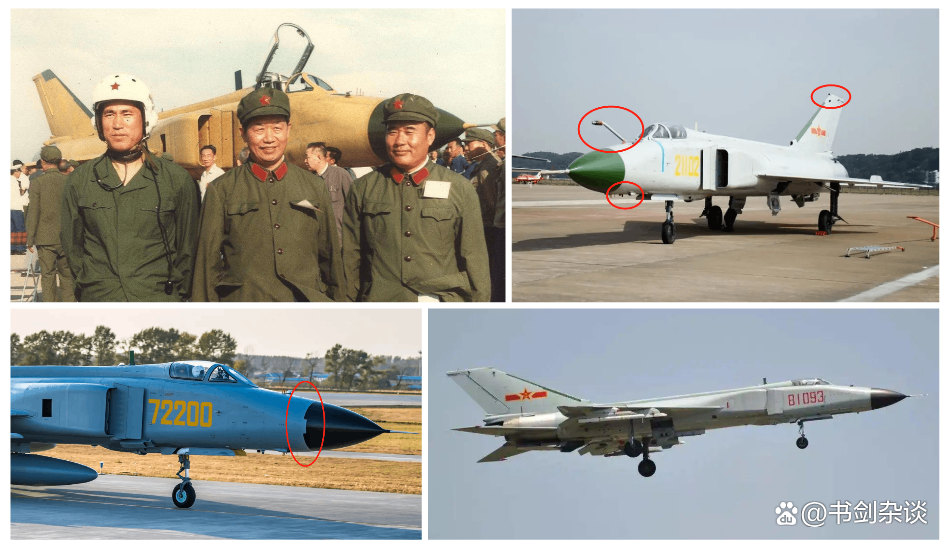
Therefore, the body, engine and other components will definitely not upgrade large -scale upgrades. The focus of upgrading should be concentrated on the airborne fire control radar and advanced aviation pods. For example, a new nitrogen-nitrogen-moisturizing array radar is installed for J-8F/DF/FR, and it is compatible with the latest "Perak-15" medium-range air-to-air missile. At the same time, it provides more advanced aviation reconnaissance pods for J-8FR to improve its high-altitude and high-speed reconnaissance capabilities.
It is foreseeable that in the future, there will definitely be no-8 airline brigade of the system.A small number of J-8 fighters will be deployed in the scale of the squadron and even the team to the corresponding supplement to the J-10C aviation brigade, the J-11 aviation brigade or the J-16 aviation brigade.Picture source network, invading deletion.
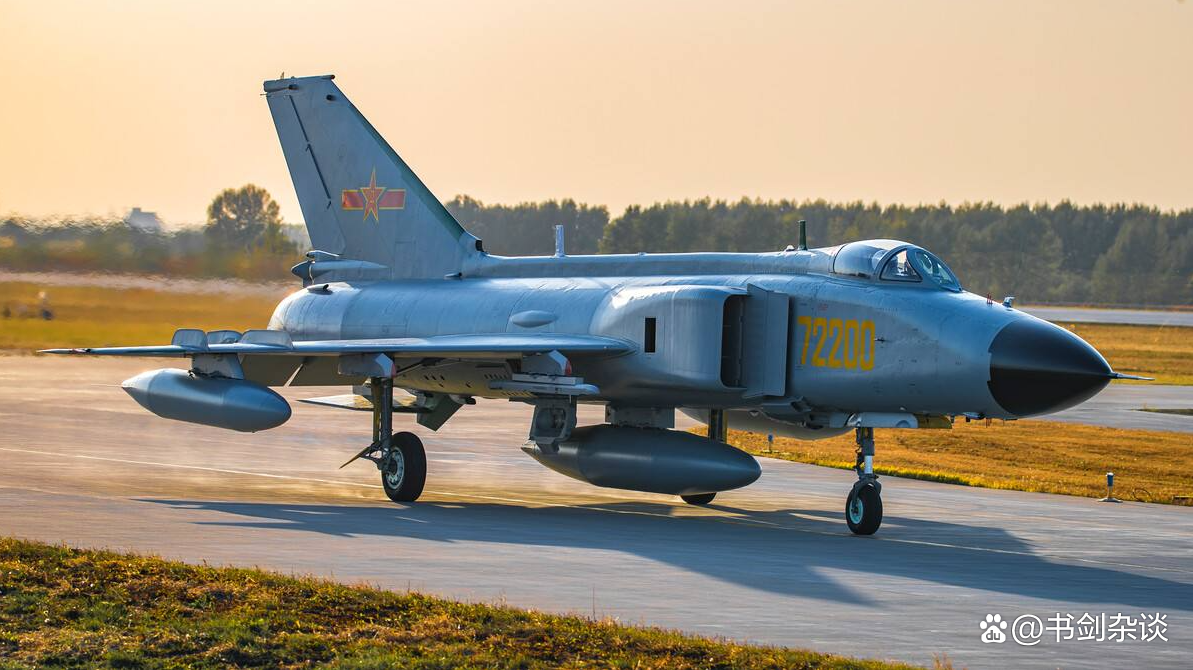
- END -
"Learning Strong Army" APP inserts information wings for ideological and political education
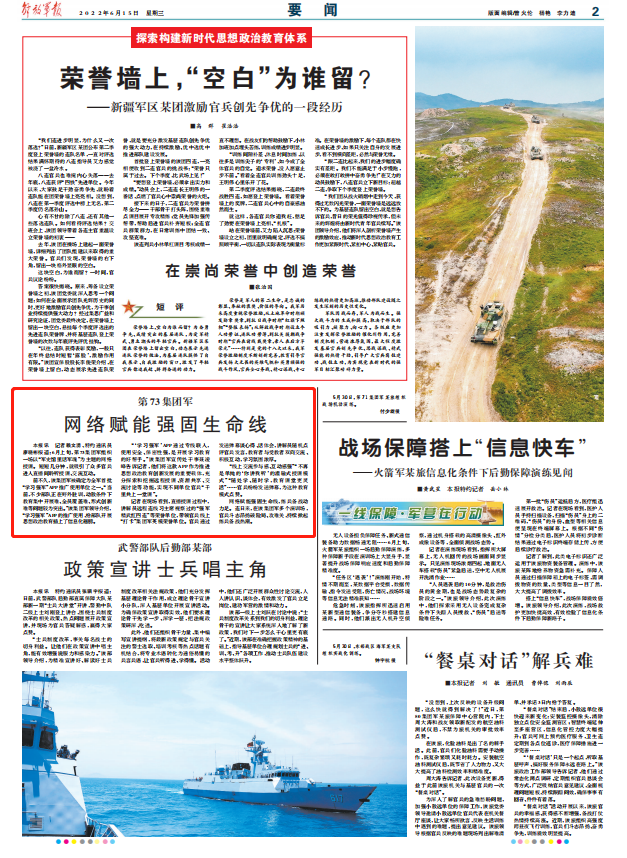
73rd ArmyNetwork empowerment strong lifelineThe PLA News (Reporter Lai Wenyong and...
Hundreds of Army Singing Singing Earthquake Battalion

The military song was bright, and the camp was stunned. Recently, a Hundred Songs ...